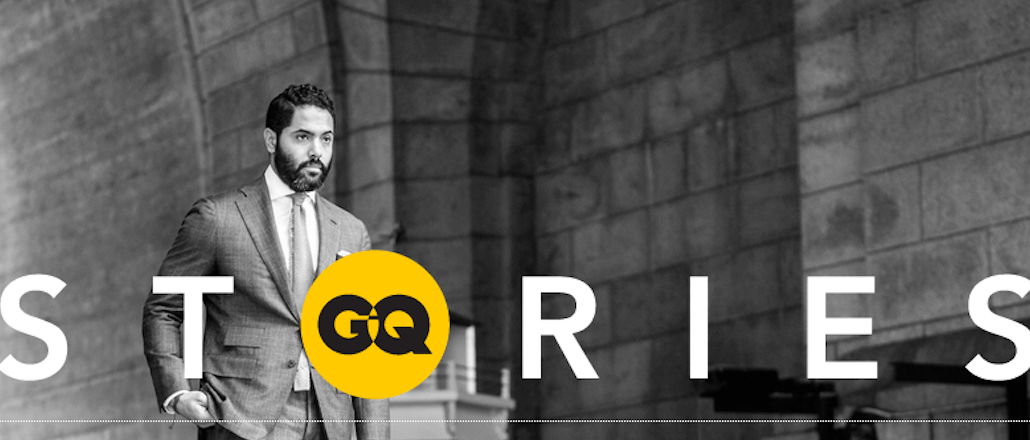
Consumers are fed up with traditional marketing. But using social media stars as part of ad campaigns has its own pitfalls, from finding ones who truly match up with the brand’s values to measuring their impact.
GQ is trying to help solve these problems for brands, and get them to spend more money with it, with a new native video product called GQ Stories. GQ will create videos starring “influencers” — stylish men who have sizable social media followings — into which brands can embed their message.
The Condé Nast men’s fashion monthly has been working with a pool of 6,500 influencers for a while. It uses them for conduct market research on its audience and with a small slice of them, to promote brands. Today, influencer marketing contributes one-fifth of GQ’s ad revenue. But GQ realized that while the influencers may have big followings and photography skills, they don’t necessarily have the know-how and resources to create high-quality video, explained Ed Romaine, associate publisher at GQ.
“One of the challenges brands have is that there are so many influencers at this point,” Romaine said. “They can’t create a campaign for each one. We can do the legwork and the brand can be part of it.”
GQ Stories is rolling out today with three influencers’ “stories,” which will each consist of three video chapters. In each case, GQ’s in-house creative team handled the production, using freelance videographers and in-house editing and creative direction. Editorial isn’t involved; the videos are handled entirely by the sales side.
One, featuring men’s fashion designer Angel Ramos (41,900 Instagram followers) talking about his clothing line, offers a typical example of how advertisers will be integrated into the scenes. One video shows Ramos sitting on a sofa, with the advertiser, Rémy Martin cognac, strategically placed on the table in front of him.
Emma Medina, vp of marketing for Rémy Martin, said working with GQ took the legwork out of the due diligence required to make sure the influencers matched Rémy’s positioning.
“One of the challenges of doing influencers marketing is making sure you partner with someone who connects with the same values you have,” she said. “That often requires a lot of work on the brand’s part.” The video format GQ came up with “provides a very organic way to approach consumers with a lifestyle that isn’t always coming from a brand’s voice but is coming from people who are like them; that are real and not created by marketing, if you will.” The Rémy integration in Ramos’ video “feels like you’re going to a friend’s house. It’s not like a banner.”
GQ isn’t alone among publishers trying to grow its slice of the influencer marketing pie. Two titles at rival Hearst, Seventeen and Cosmopolitan, are working with a video ad tech company Reelio to help pair brands with influencers.
One way GQ Stories is different from other native ad products is that it’s intended to be a recurring series, with a new set of influencers’ stories coming out each quarter, whether or not there’s a sponsor. One reason is that GQ believes that this will help brands who aren’t fully at ease with influencer marketing gain trust in the format.
“You have some clients who are really comfortable with native and some who haven’t tried it before,” Romaine said. “Being able to point to something and saying you can embed it with larger storytelling is powerful for us.”
Image courtesy of GQ.
More in Media

Digiday+ Research: Publishers’ growing focus on video doesn’t translate to social platforms
Major publishers have made recent investments in vertical video, but that shift is not carrying over to social media platforms.

Technology x humanity: A conversation with Dayforce’s Amy Capellanti-Wolf
Capellanti-Wolf shared insight on everything from navigating AI adoption and combating burnout to rethinking talent strategies.

How The Arena Group is rewriting its commercial playbook for the zero-click era
The company is testing AI-powered content recommendation models to keep readers moving through its network of sites and, in doing so, bump up revenue per session – its core performance metric.





